Preserving the Harvest
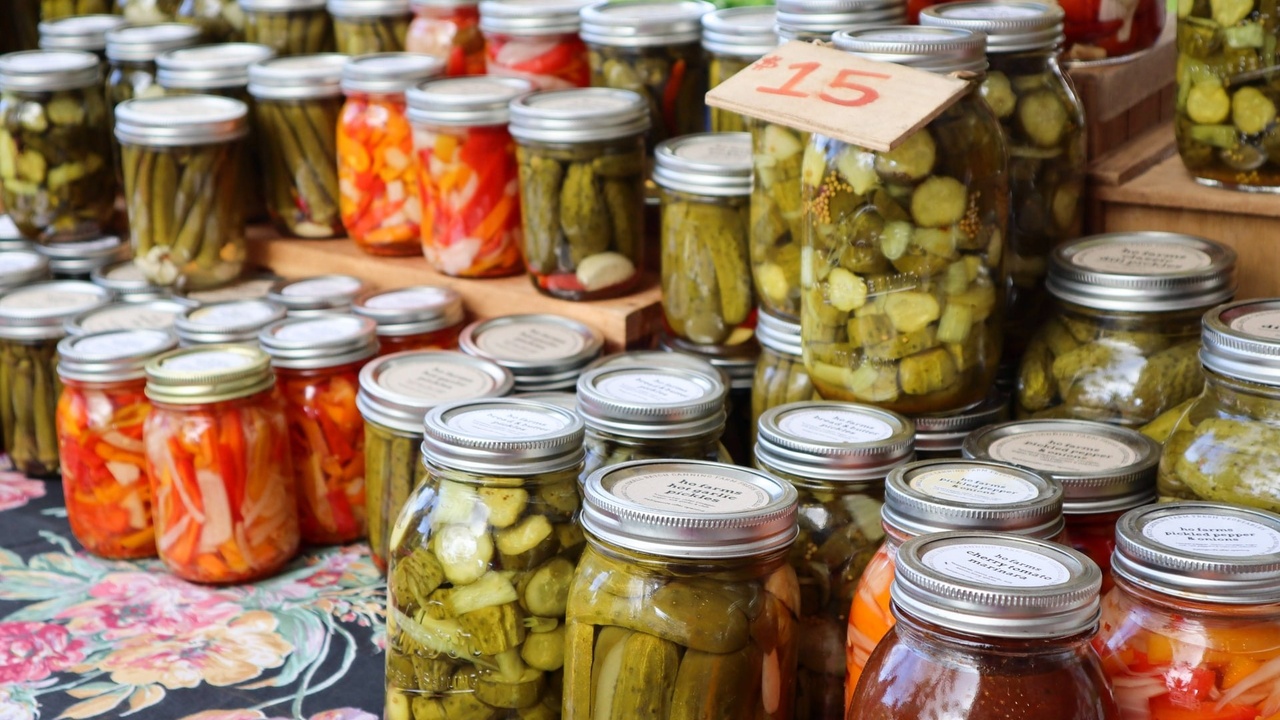
As much as I hate to admit it, I am just not that great a gardener. Sure, I grow herbs and tomatoes every year and love to harvest my grapes, beyond that I don't have a great deal of interest in gardening. And yet, I do love to put away fresh produce to enjoy in the winter months!
Yes, it can be sad to see the summer go, but there is plenty to be excited about as we transition into a new season!
There’s nothing like enjoying fresh and delicious produce that has been grown locally. Bonus points if you grew it yourself – it’s always a good feeling when your hard work in the garden pays off.

You might be wondering “what’s so good about local produce?” Well, locally grown produce is good for the planet, the local economy, and your taste buds. If you’re interested in learning more about why you should be eating local produce or how you can access it – check out these articles on farmer’s markets, community supported agriculture, and community gardens.
The only downside of local produce is that depending on where you live, it might not be available all year round. Luckily, there is always the option of preserving the harvest through methods such as canning, pickling, and drying. Although at-home food preservation has become popular this past year due to people taking up quarantine hobbies, this isn’t a new phenomenon. For thousands of years our ancestors have relied on food preservation techniques for survival. So, let’s continue with tradition and preserve this year’s harvest!
Benefits of food preservation
You might be wondering “why bother with at-home food preservation?” Since we are able to enjoy fresh produce all year round from the grocery store, we don’t actually have to rely on food preservation in order to stay fed throughout the year.
While yes, this is technically true, there are plenty of reasons why preserving fresh produce is a great idea.
1. Enjoy for longer
For one, food preservation lets you enjoy the harvest for longer! The delicious fruits, vegetables, and herbs purchased or grown this season can be accessed throughout the year when you preserve them using common methods such as canning, drying, pickling, root-cellaring, or freezing. If you are someone who struggles with eating seasonally due to unavailability of food during the winter and spring months, this can be a great option.
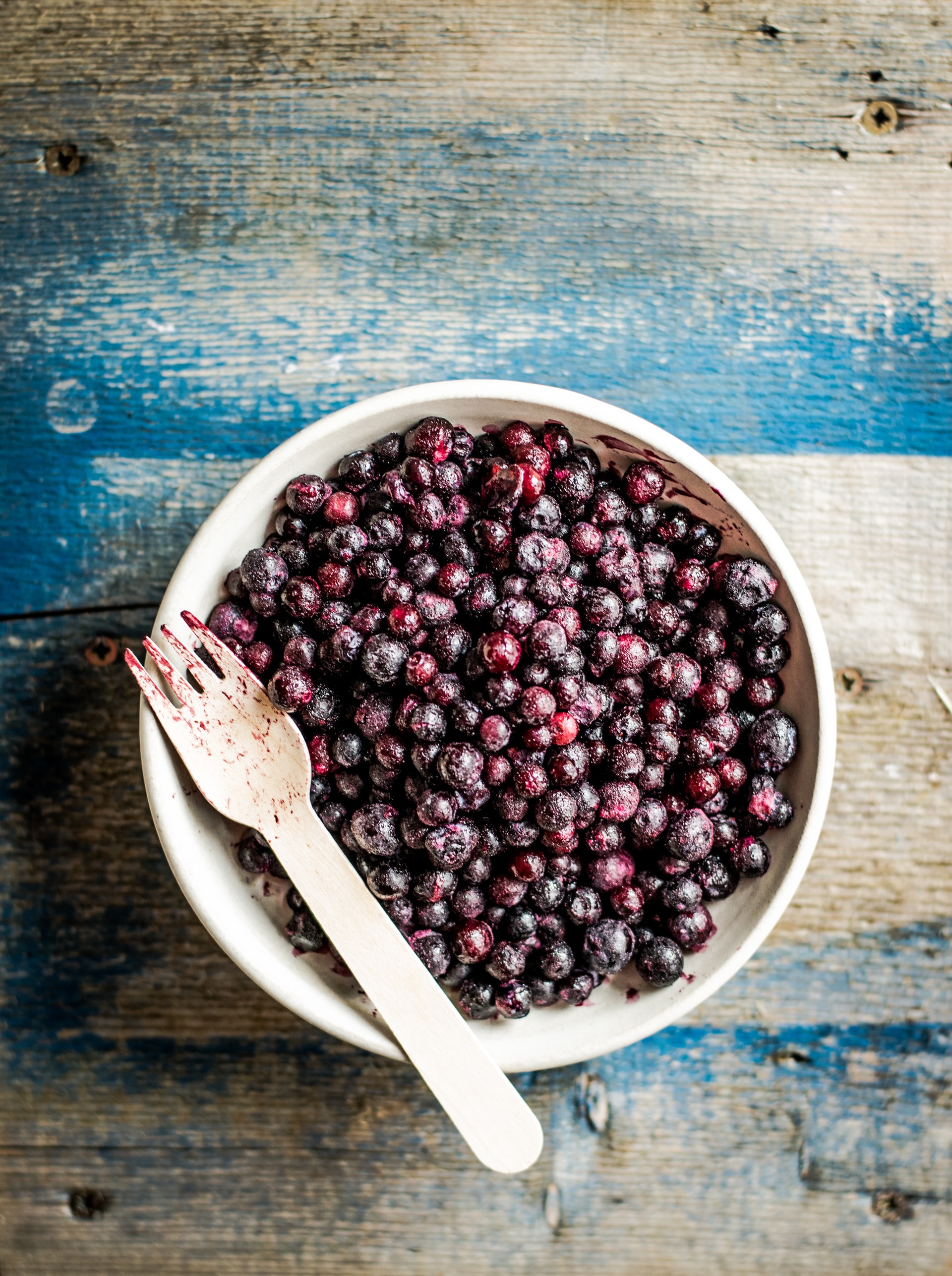
2. More options
When you choose to preserve the harvest, you’re also giving yourself more food options to choose from. Our choices are limited at the grocery store, as we don’t get a say in what fresh, canned, or frozen food is available.
By taking matters into your own hands, you are able to enjoy unique varieties of produce (heirloom tomatoes for example) and get creative when it comes to creating food products you are sure to enjoy. Don’t be afraid to mix fruits to create an interesting flavour of jam, make your own dried herb salt, or pickle a vegetable you are unlikely to find in the grocery store.
3. Eat healthier
While it is true that certain methods of food preservation such as canning and pickling may destroy some of the nutrients that would otherwise be found in fresh produce, preserving your own food allows you to control what ingredients are added. This way you don’t have to worry about consuming chemical additives, food colouring, or artificial flavours or sweeteners.
4. Reduces waste
If you’re harvesting produce or herbs from your own garden, it is often the case that you have more food than you can consume before it turns. It’s always such a shame when your home-grown produce goes bad – that’s where food preservation comes in handy. You can set aside the produce you’ll be able to eat fresh and freeze, can, pickle, or dry the rest to avoid producing food waste.
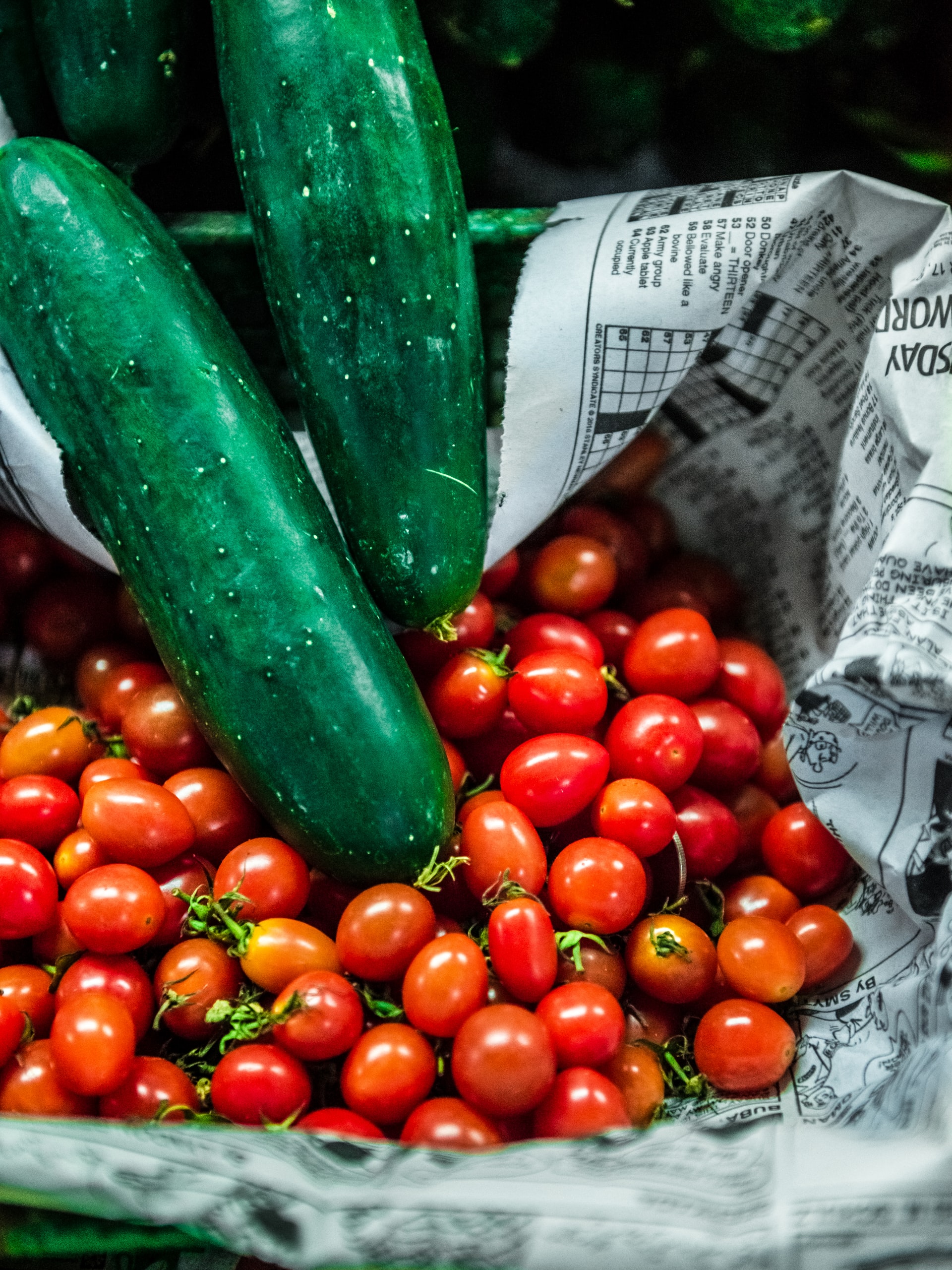
5. Helps reduce your environmental footprint
By sourcing your produce locally and preserving it so that it’s accessible throughout the year, you are helping to reduce your environmental impact. The food you find at the grocery store is responsible for a significant amount of greenhouse gas emissions due to land use, the use of fertilizers and pesticides, machinery emissions, processing, transportation, and packaging.
Food preservation methods overview
Now that we’ve discussed all the benefits associated with at-home food preservation, let’s discuss a few different preservation methods that might be of interest!
One quick note regarding all of the food preservation methods discussed below is that you will want to label the preservation date on all of your food items once the preservation process has been completed. This allows you to easily keep track of how long you have had what.
Canning
Canning is a popular food preservation method which involves placing food (usually vegetables or fruit) in glass jars and heating them to a temperature which destroys microorganisms and inactivates enzymes that cause the food to spoil.
During the heating process, air is removed from the jar and a vacuum seal is created once cooled. This prevents air from getting back into the jar once the canning process is complete.
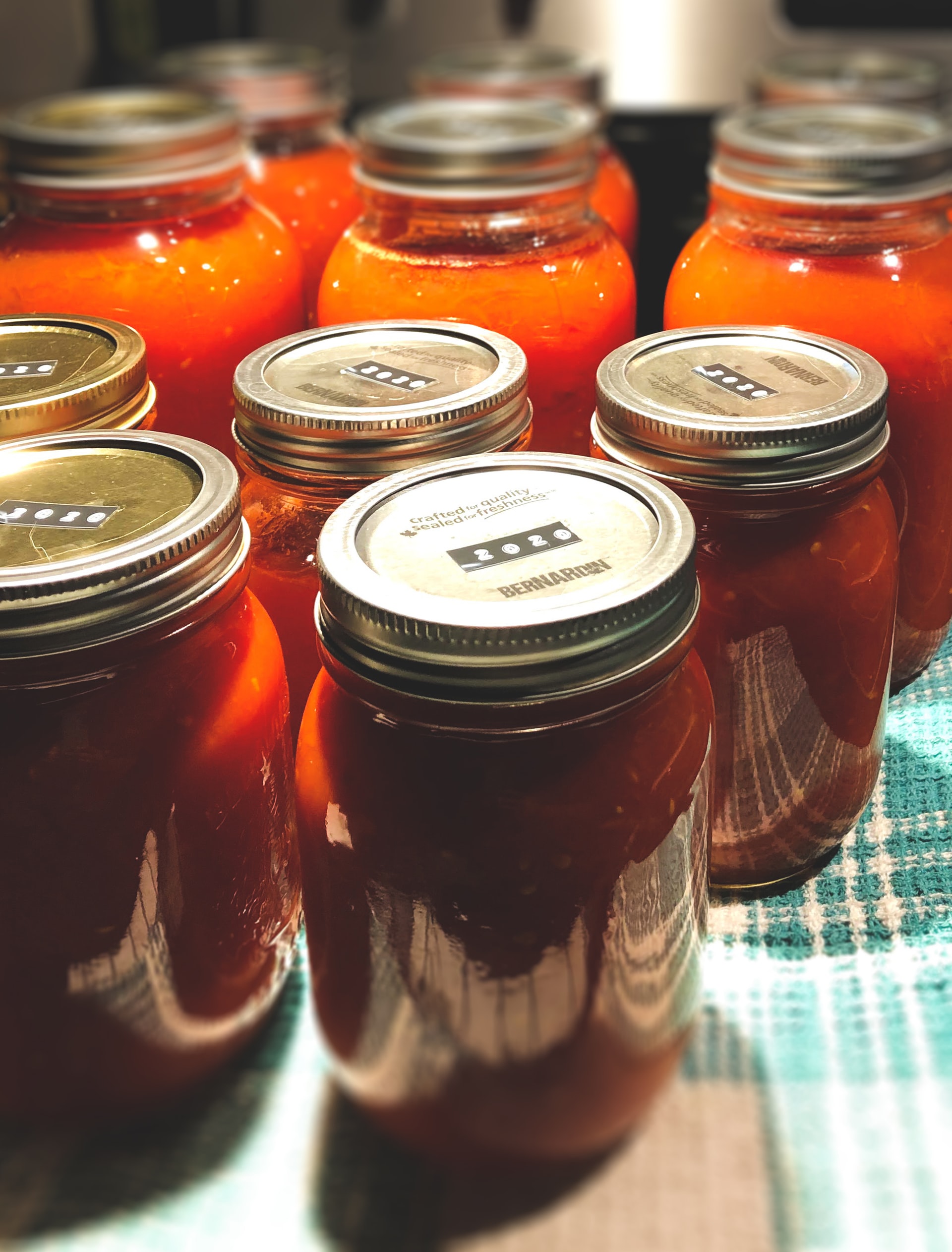
There are two main methods of canning. The first one is the boiling water bath method which involves covering the jars of food with boiling water and cooking for a specified amount of time. This method can be used for high acidic foods such as tomatoes, fruits, and jams.
The second method is pressure canning which must be used for low acidic foods such as meats, seafood, dairy products, and all vegetables.
One of the great things about canning is that you can reuse your glass canning jars over and over again as long as they are in good condition! Canning jars are usually sold with a two-piece sealing lid which consists of a flat disc and a metal band that screws around it. The flat discs can only be used once, but the rest of the jar is totally reusable, making this method of food preservation extra environmentally friendly.
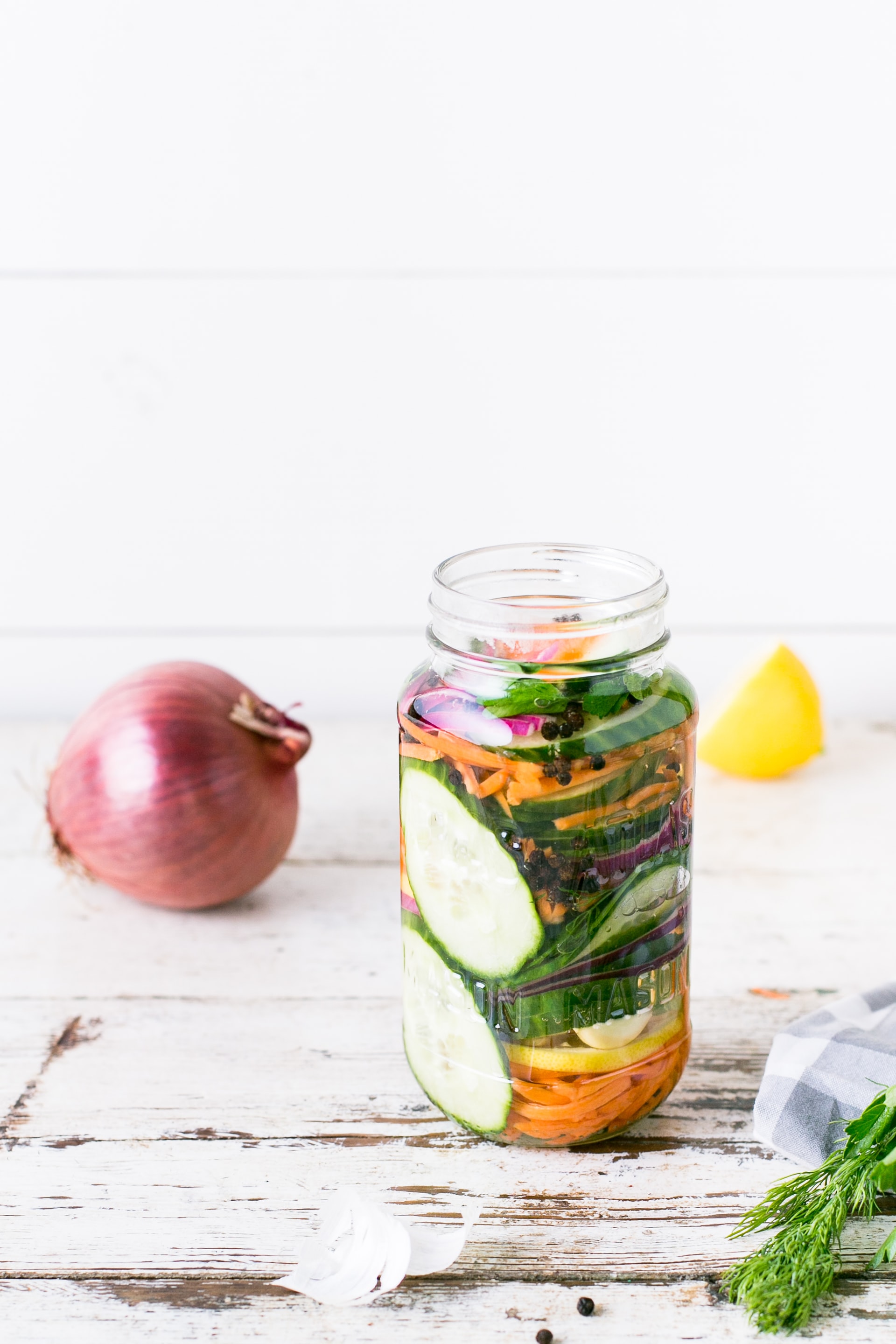
Something very important to keep in mind while canning is following laboratory tested recipes and instructions. While it may seem tempting to follow recipes that have been passed down through your family or posted by your favourite food blogger, safety must come first!
Laboratory tested recipes take all factors into consideration, including pH levels, ingredients, and processing time, in order to make sure your canned products are safe for consumption. Failure to follow laboratory tested recipes may result in extremely dangerous food-borne illnesses such as botulism.
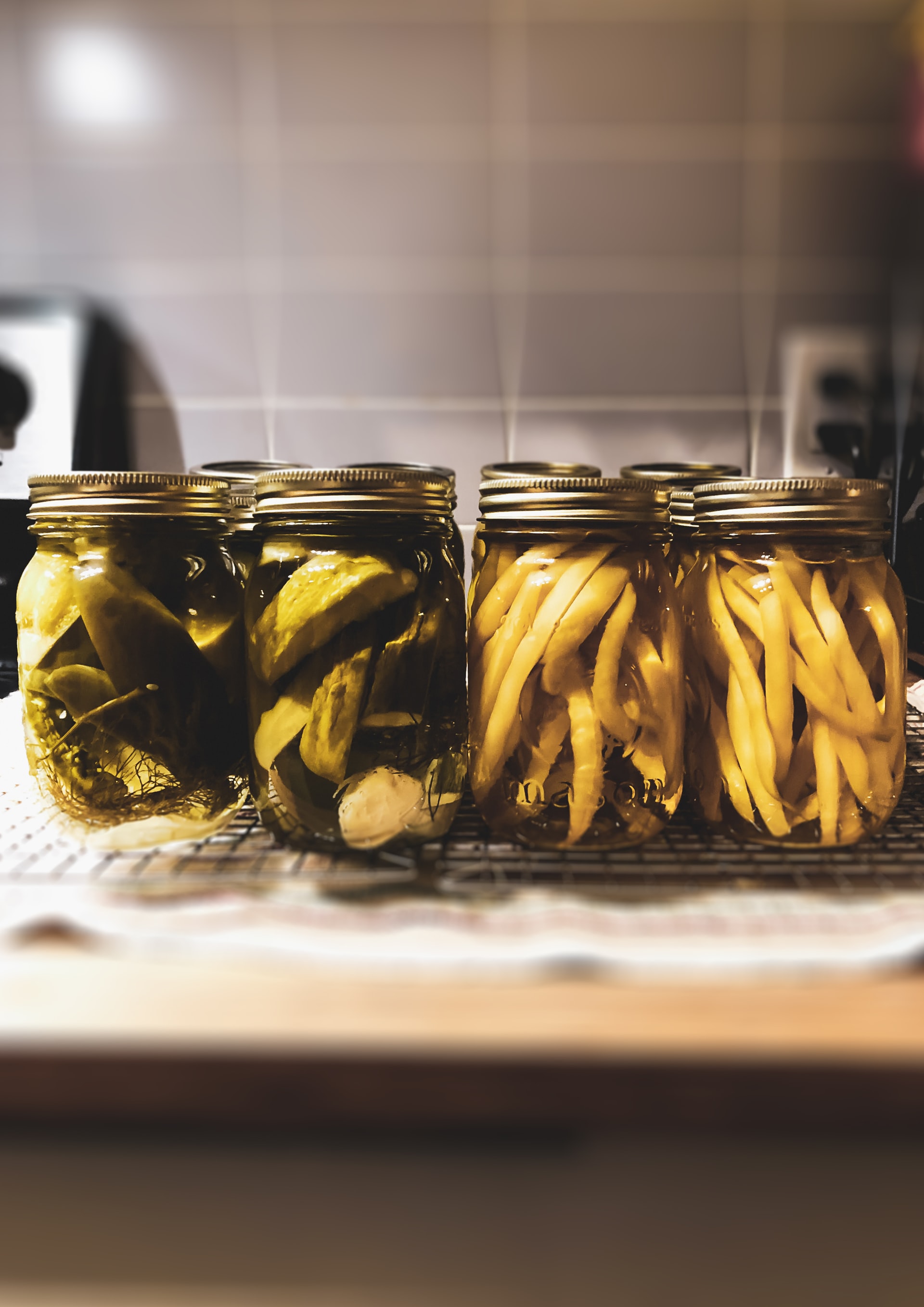
And botulism is no joke! It’s an undetectable food-borne toxin which results in symptoms such as paralysis, vomiting, and in some cases, death. So, please stick to safe recipes when canning your food! Some reliable sources for recipes include the National Centre for Home Food Preservation and freshpreserving.com.
You may also want to visit this complete guide to home canning provided by the United States Department of Agriculture and the National Institute of Food and Agriculture if you want to know more!
Pickling
While canning involves cooking the food before it is sealed in glass jars, pickling involves preserving raw food using a brine to anaerobically ferment the food. This process produces lactic acid which prevents food spoilage.
Pickling brines usually consist of white distilled vinegars of 5 percent acidity, water, and canning or pickling salt. Of course, different recipes may include additional ingredients, but this mixture is the base of any brine you will likely be using.
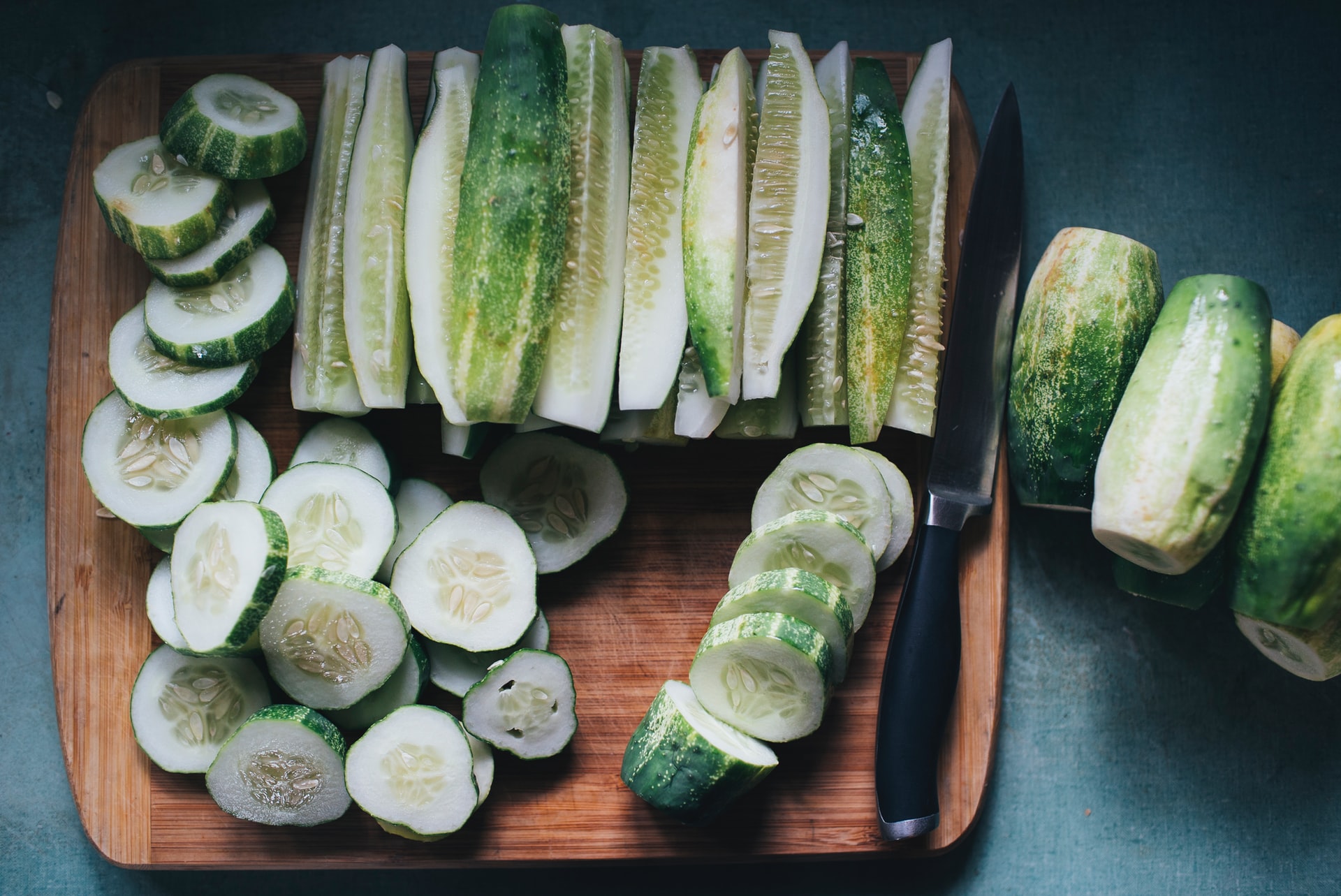
In its simplest form, pickling involves packing your raw vegetables into a jar, covering the vegetables with boiling hot brine, letting it cool, and storing it in the fridge. This is called “quick pickling” and will last for several weeks to months in the refrigerator. Remember to wait at least a few days for the flavour to develop before eating.
For a longer-lasting preservation method, the jars filled with your vegetables of choice and brine should be processed using the water bath method discussed in the canning section above. Adding this canning method to the pickling process means that your product should last for at least a year, and can be stored outside of the fridge until opened. With this method, you’ll want to wait at least three weeks for the flavour to properly develop.
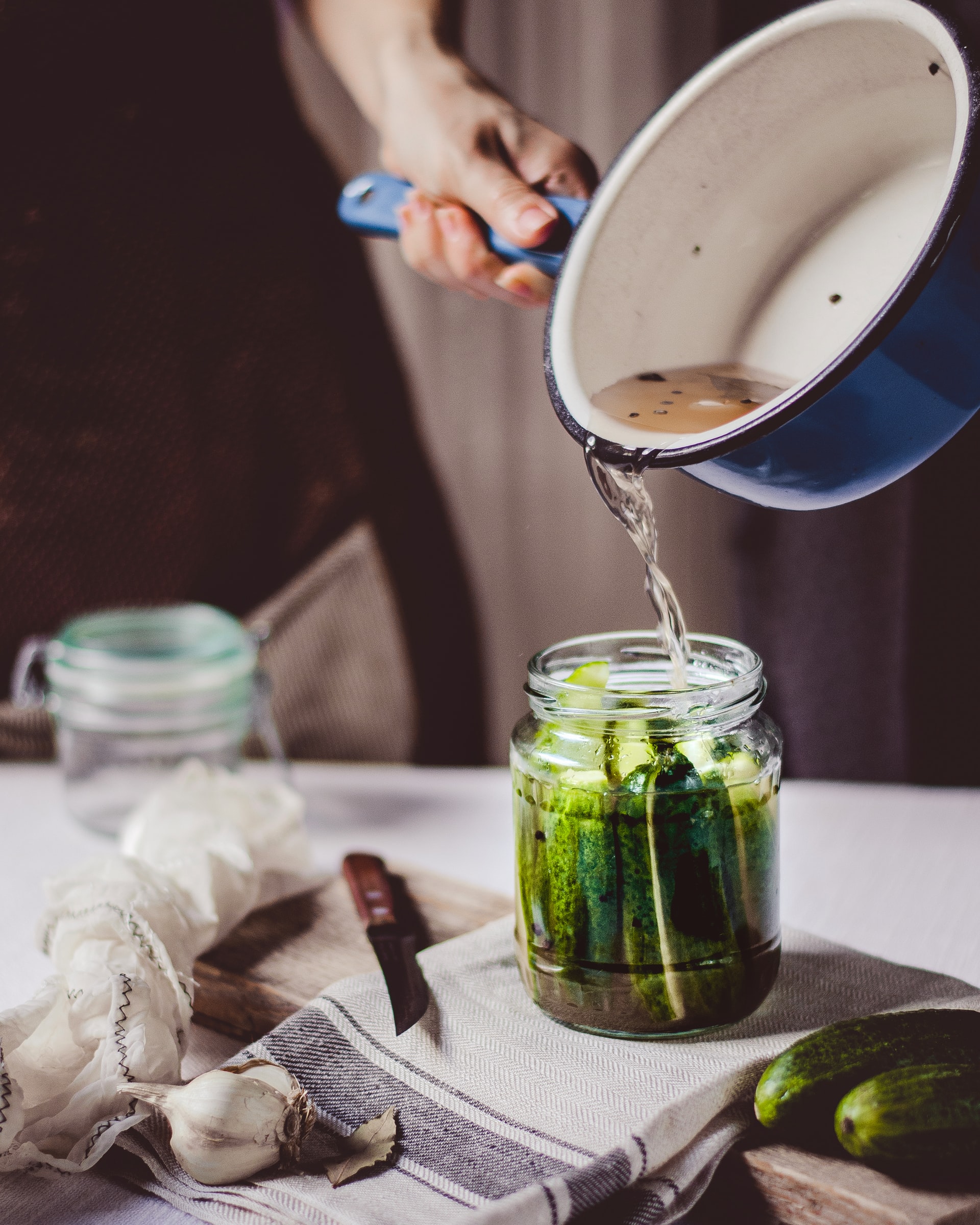
For some tasty pickling recipes, check out this page from the National Center for Home Food Preservation which features recipes for cucumber pickles, vegetable pickles, fruit pickles, relishes, pickled eggs, and more.
Drying
Drying or dehydrating is a food preservation method that removes moisture from produce so that bacteria, yeast, and molds can’t grow.
Dried fruits are commonly eaten on their own as a delicious snack, while dried vegetables are super handy for tossing into a soup and letting them rehydrate using the broth. And of course, dried herbs are a staple in anyone’s pantry and can be used for almost anything you cook!

In order to properly dry produce, you will need a combination of low humidity, low heat, and good air circulation. This can be done with a food dehydrator, an oven, or simply drying your foods in the air.
In many cases a dehydrator or an oven may be your best bet when drying and dehydrating, as they are easy to use and work for most types of food. The temperature and amount of time needed for using these methods will depend on what you are drying.
Air drying is mainly used for herbs and peppers. This method is fairly simple, all you need to do is hang a bunch of herbs or peppers from a string in a well-ventilated room with low lighting. You’ll want to cover them with paper bags to prevent any dust from settling.
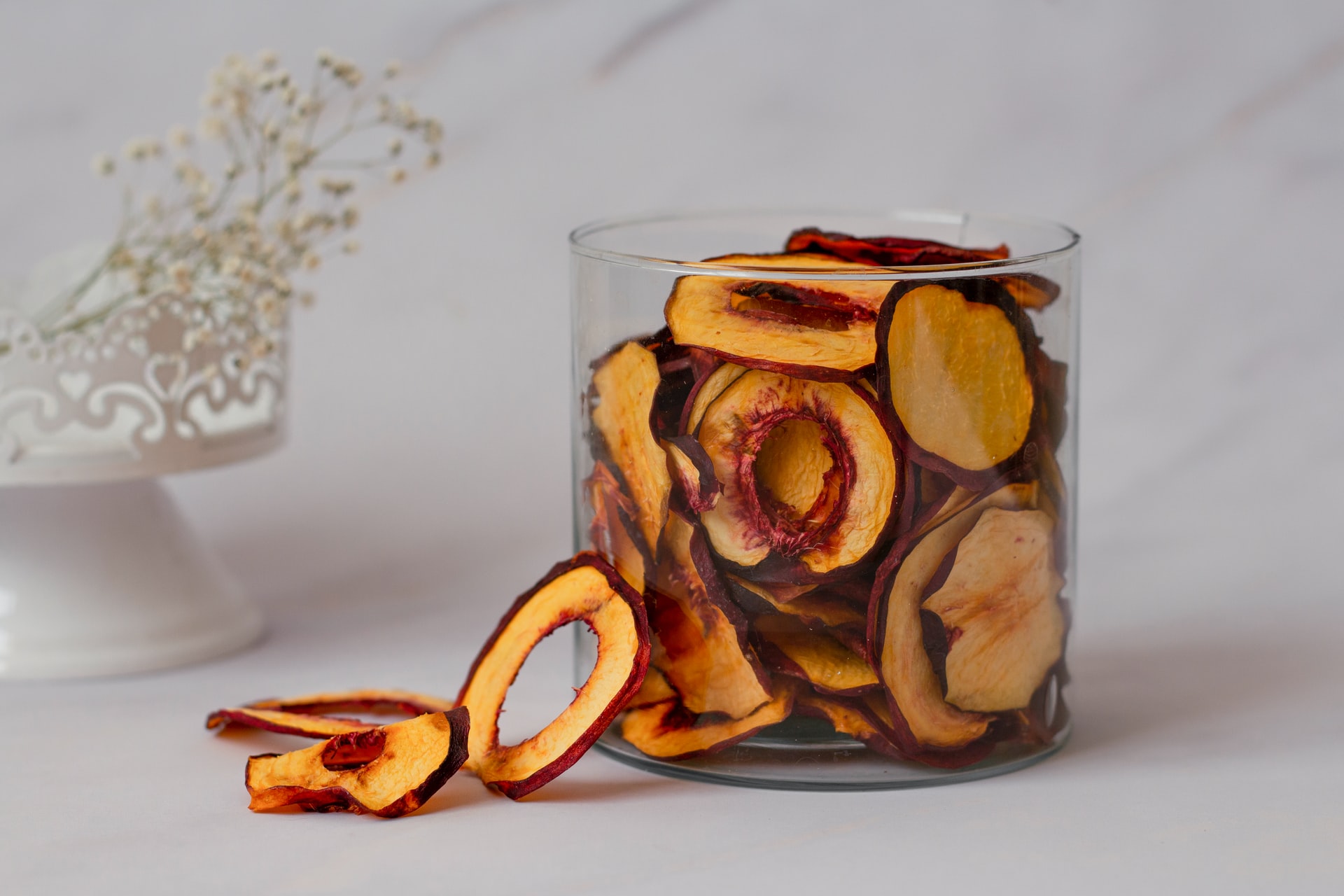
Your dried food can be stored in glass jars or metal cans/boxes that will keep moisture out. When stored in cool, dry, and dark areas, your dried food should keep for approximately 4-12 months. Just make sure to inspect your food every once in a while for mold.
Freezing
Freezing your food is probably the most common form of food preservation, and what I find to be easiest. You likely are quite familiar with freezing produce, but here are some tips and tricks to ensure that you are getting the most out of your frozen food products!
With any foods, it is important to freeze them when they are at their peak freshness. Unlike other food preservation methods, freezing allows for most of the food’s nutrients to be preserved. In some cases, frozen food can actually be more nutrient dense than fresh foods, because as soon as produce is harvested, it begins losing nutrients immediately. Freezing stops this process in its tracks.
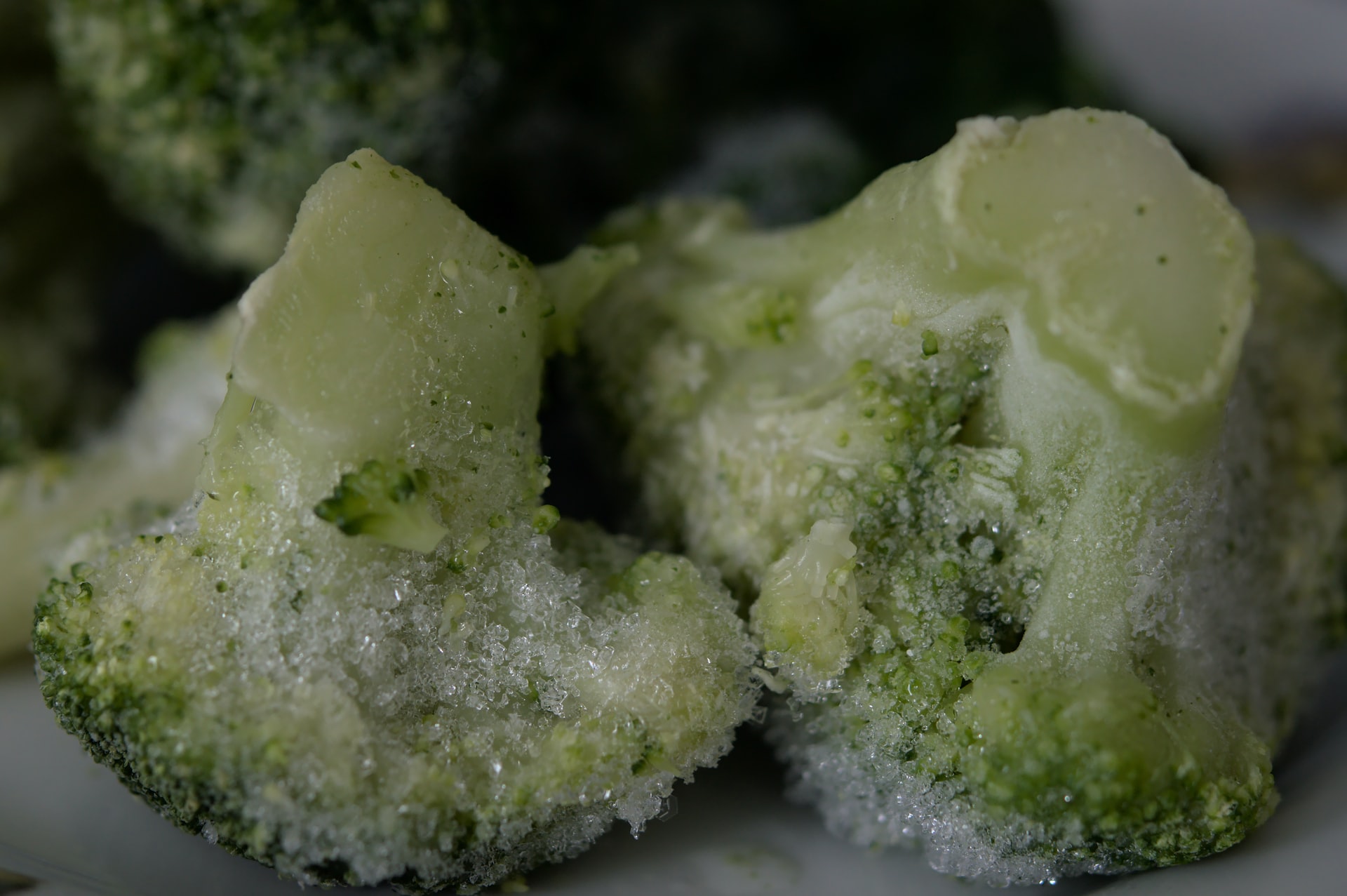
While many fruits and vegetables can be frozen, keep in mind that ones with a high-water content won’t fare as well. Once they thaw out, they tend to become mushy. So, maybe avoid cucumbers, watermelon, lettuce, mushrooms, and similar types of produce.
Blanching your produce is a great way to preserve the flavour and texture of your vegetables before they are frozen. Blanching means scalding your vegetables in boiling water or steam for a short amount of time. The amount of time and type of blanching will depend on the type of vegetable you are working with. Refer to this handy chart for more information!
Once your vegetables have been blanched (blanching can be skipped for fruits) you will want to place your produce on a baking sheet so that they are in a single layer and are not touching. Freeze them until they are solid.
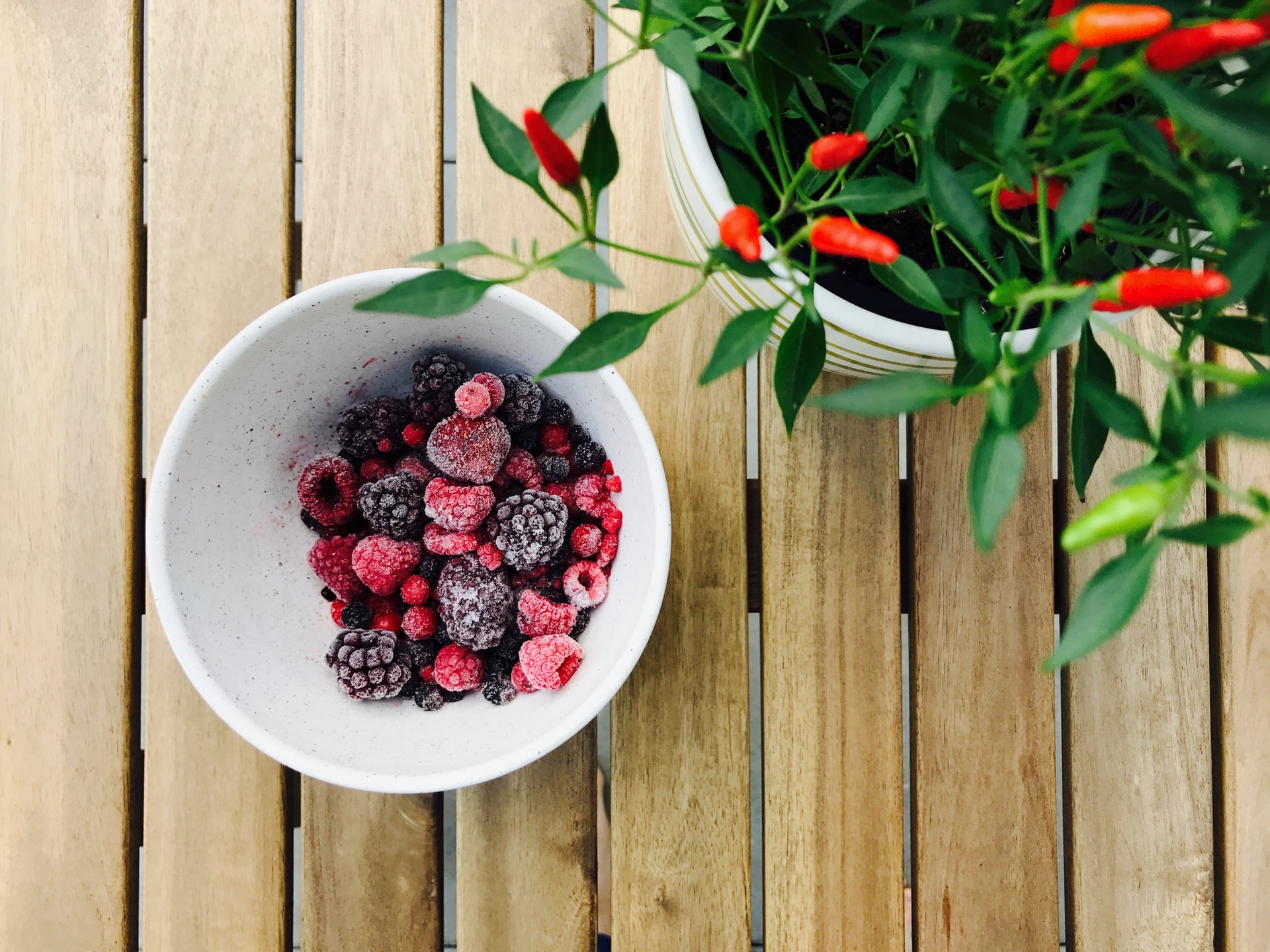
Next, you can place your frozen into a freezer safe container. For the most environmentally friendly option, consider reusable glass or plastic containers. Because you had frozen them previously, your vegetables or fruit shouldn’t stick together in one giant clump, making them super easy to use in your cooking, baking, or raw consumption. Fruits and vegetables can be stores for approximately 8-12 months.
Root Cellaring
There are ways that you can store your root vegetables in order to prolong their shelf life and make the most out of your harvest.
Root cellaring is an age-old method which is really quite simple, even if you don’t have a traditional cellar. Basements, pantries, and spare closets can work just as well.
Cellars use the natural cooling and insulating abilities of the earth to create a stable storage environment for our root vegetables such as potatoes, onions, and carrots. Yes, we have fridges where these items can be stored, if need be, but root cellars (and related storage areas) are an energy efficient and environmentally friendly alternative. Save that room in your fridge for items that absolutely cannot be stored anywhere else.
 A root cellar must have a temperature of 32° to 40°F (0° to 4.5°C) and a humidity level of 85 to 95 percent. These cool temperatures slow ripening and decomposition, while high humidity prevents loss of moisture through evaporation.
A root cellar must have a temperature of 32° to 40°F (0° to 4.5°C) and a humidity level of 85 to 95 percent. These cool temperatures slow ripening and decomposition, while high humidity prevents loss of moisture through evaporation.
Some tips for storing your produce in a cellar include:
- Chilling your produce in the fridge before transporting it to the cellar
- Spacing out your vegetables to avoid the generation of heat which occurs in large piles
- Not removing or washing off dirt – many root vegetables store best with a bit of dirt still left on them, especially because washing your vegetables produces moisture which can encourage rot.
- Using crates for large amounts of produce, as they allow for ventilation and can be stacked on top of each other
- Checking your produce often to ensure they have not spoiled.
So, with all of these ways to preserve our harvest, you can extend the local produce all through the winter - at least in some ways. I sure do love having my hand picked saskatoons on my breakfast all winter long, and the juice I make from my grapes feels like a very special treat in the depths of winter.
Stay connected with news and updates!
Join my mailing list to receive the latest news and updates. Your information will not be shared.

